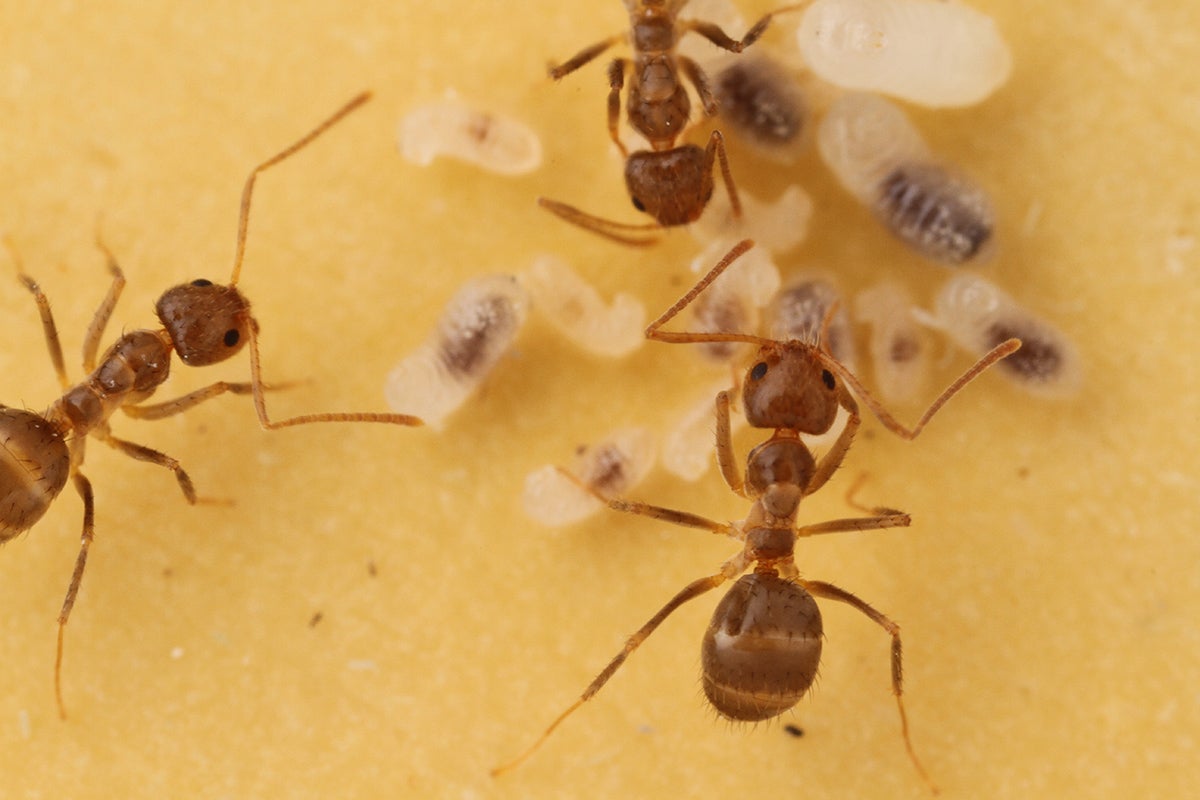First Doctoral Degree at UT Awarded 100 Years Ago
In 1915, The University of Texas at Austin awarded its first Ph.D. ever to zoologist Carl Gottfried Hartman. Hartman would go on to become one of the most renowned researchers in mammalian embryology and reproduction, impacting the understanding of reproduction, fertility and contraception in humans.

In 1915, The University of Texas at Austin awarded its first Ph.D. ever to zoologist Carl Gottfried Hartman. Hartman would go on to become one of the most renowned researchers in mammalian embryology and reproduction, impacting the understanding of reproduction, fertility and contraception in humans.
UT’s first doctoral student left behind an amazing legacy of knowledge that changed the world. For example:
1. Hartman was the first UT Austin grad to receive three degrees, plus a faculty position, here.
He received his bachelor’s and master’s degrees from UT Austin in 1902 and 1905, respectively. He was then superintendent of schools in Travis County and an instructor at Sam Houston State University. Then, at the behest of Dr. J.T. Patterson, Hartman returned to UT Austin in 1912 to pursue a Ph.D. in zoology. After getting his degree, Hartman taught at UT for a decade.
2. The recruitment pitch involved opossums.
Patterson encouraged Hartman to study the embryology of the opossum, “For the same reason,” Hartman once said, “that Patterson selected the armadillo: the prairie and the creek bottoms were full of both species, and nobody had yet bothered to study the development of these, the most bizarre of all American mammals.” [1]
Hartman proved up to the task and revealed the hidden details of reproduction in the opossum. Among his many discoveries, he managed to dispel the notion that the mother opossum helped the tiny newborns reach her marsupial pouch; instead, the tiny creatures make their own way to the pouch.
3. Some monkey business followed.
After his time at UT, Hartman moved on to other institutions, such as the Carnegie Institution of Washington, the University of Illinois, the Ortho Research Foundation and the Margaret Sanger Research Bureau.
After leaving UT, Hartman began to study reproduction in the rhesus monkey, then in humans, where his work expanded knowledge of ovulation and fertility in women.
4. What we know of natural contraception started with this Longhorn.
Early on, Hartman revealed that ovulation and menstruation do not coincide, as previously believed. This influenced the so-called “rhythm method” of contraception. He and his team would later conduct the earliest studies of oral contraception in animals.
5. His legacy paved the way for future discovery.
In 1962, Hartman produced the culmination of his work, Science and the Safe Period: A Compendium of Human Reproduction. The tome capped 50 years of research, including over 200 research articles and several books.
After his death in 1968, awards were created in Hartman’s honor, including UT’s Carl Gottfried Hartman Graduate Fellowship Endowment Fund and the Society for the Study of Reproduction’s Carl G. Hartman Award.
[1] Vollman, R. F. “In Memoriam Carl G. Hartman’s contributions to the physiology of reproduction.” Experientia 15.10 (1959): 407-408.



